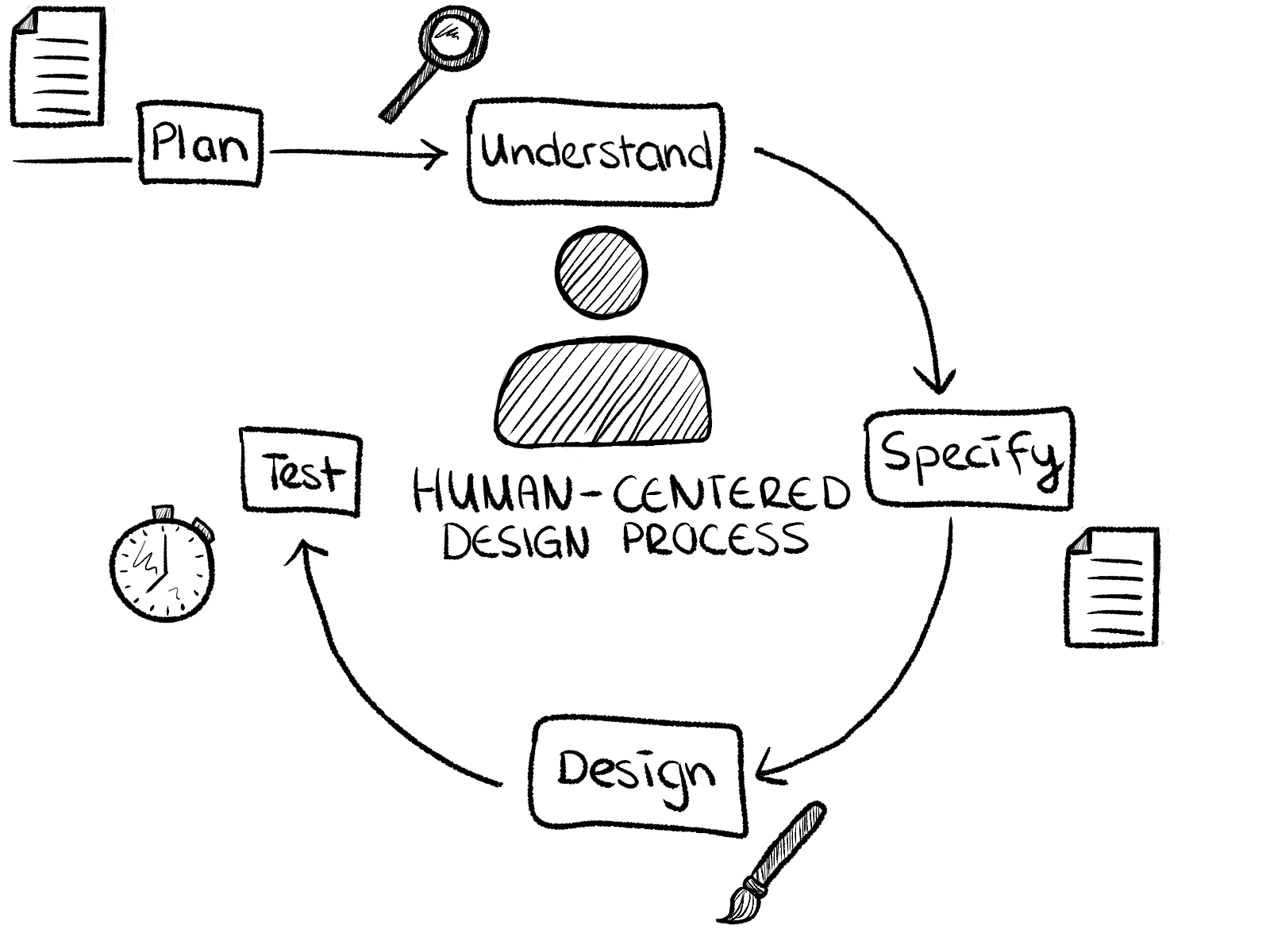CPUX-F course in ENGLISH with 4 modules a 4 hours in the morning UA1012
You will learn all the basics of the human-centred design process (HCD) and the most important concepts you need for digitalisation projects. We prepare you in 4 modules for the "Certified Professional for Usability and User Experience - Foundation Level (CPUX-F)" certification from the UXQB*.
- 4 half days part-time seminar
- LIVE ONLINE V-Classroom-XL Seminar
- Training & Workshop + Test + Certificate
- 20 hours full of UX methods and concepts
- 10 participants maximum - NO mass event - plenty of time for individual questions
- Berlin, Hamburg, Munich Germany UTC+1 : 09.00 am - 1.00 pm local time
- Tel Aviv Israel. UTC+2 : 10.00 am - 2.00 pm local time
- Bengaluru India UTC+5:30 : 01.30 pm - 5.30 pm local time
Event Information
| Datum | 25.11.2024 9:00 |
| Enddatum | 28.11.2024 13:00 |
| Kapazität | 12 |
| Einzelpreis zzgl. MwSt. | 849.00€ |
| Location | Vormittags - Berlin Zeit |
 01. human-centred design process according to ISO 9241-210:2010
01. human-centred design process according to ISO 9241-210:2010